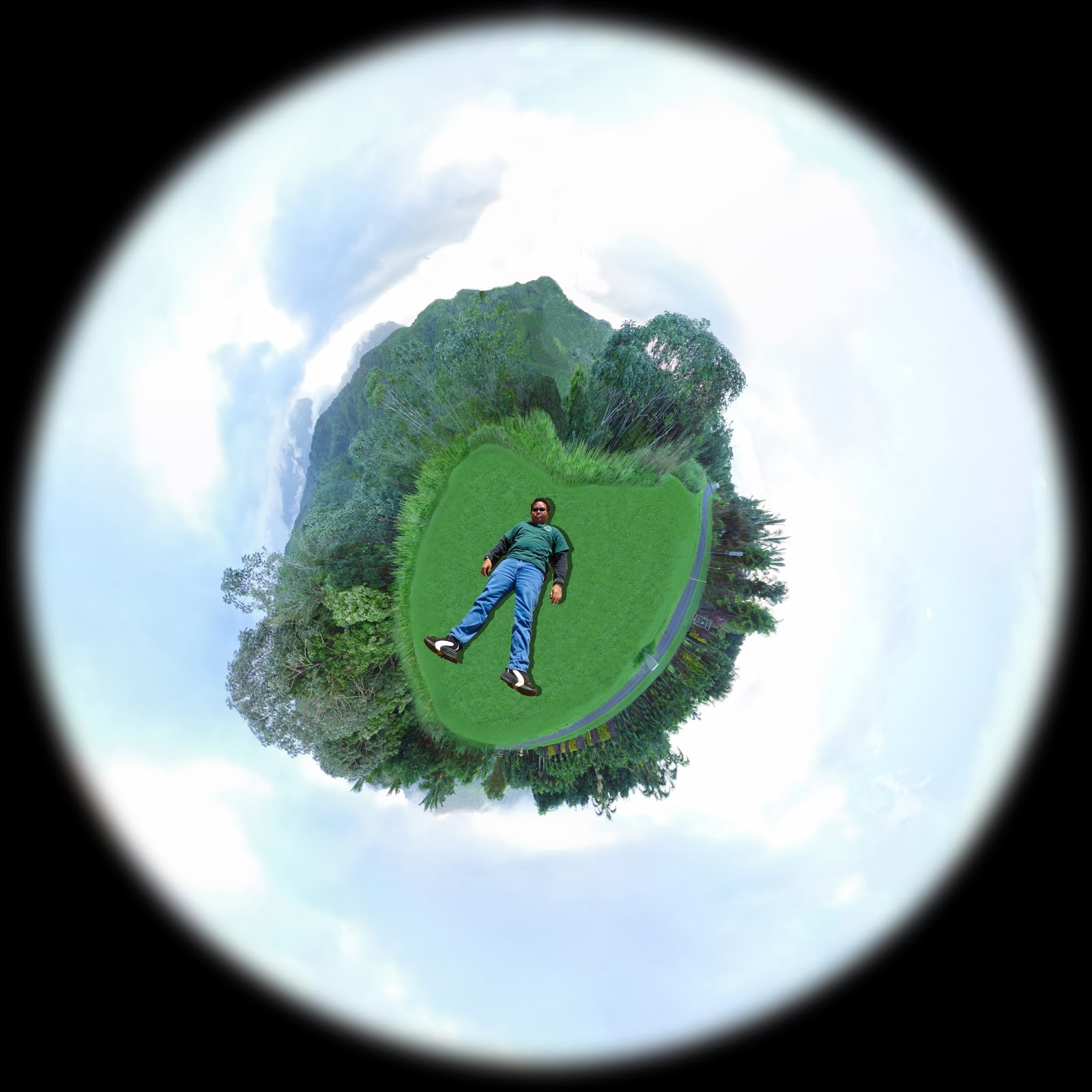These are my two best polar panoramas. I created them by using Photoshop and Adobe Bridge like how i did the spheres. The steps are simple just follow the ones below. For more detailed steps click the link above.
1. Go to a place that's to your liking and take ten or more vertical shots of it with a minimum of 15% overlap on each image.
2. Then prepare the image for the Polar filter by first using Adobe Bridge to adjust your image to your liking.
3. Then to prepare the image rotate the image 180 degrees so that it’s upside down when you look at it.
4. Then to edit it use the polar filter to distort the image or images you took.
5. Then rotate the image to your liking.

6. Once you are done with that clean up the image and you are set.






